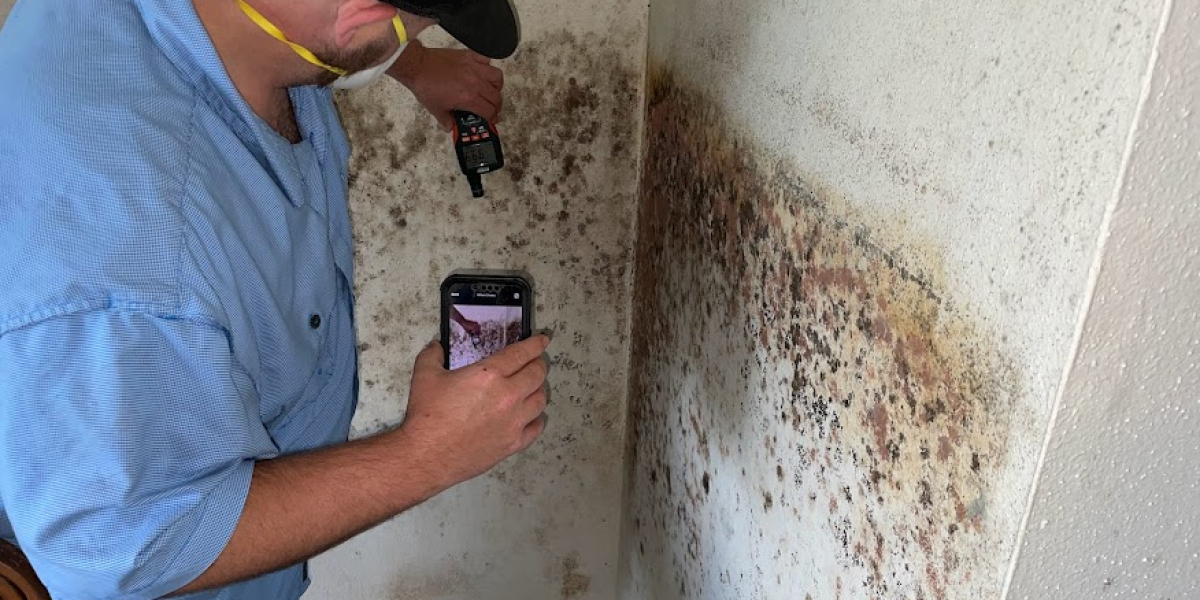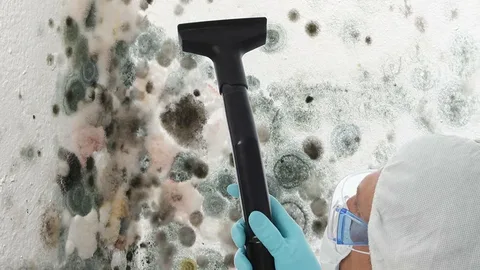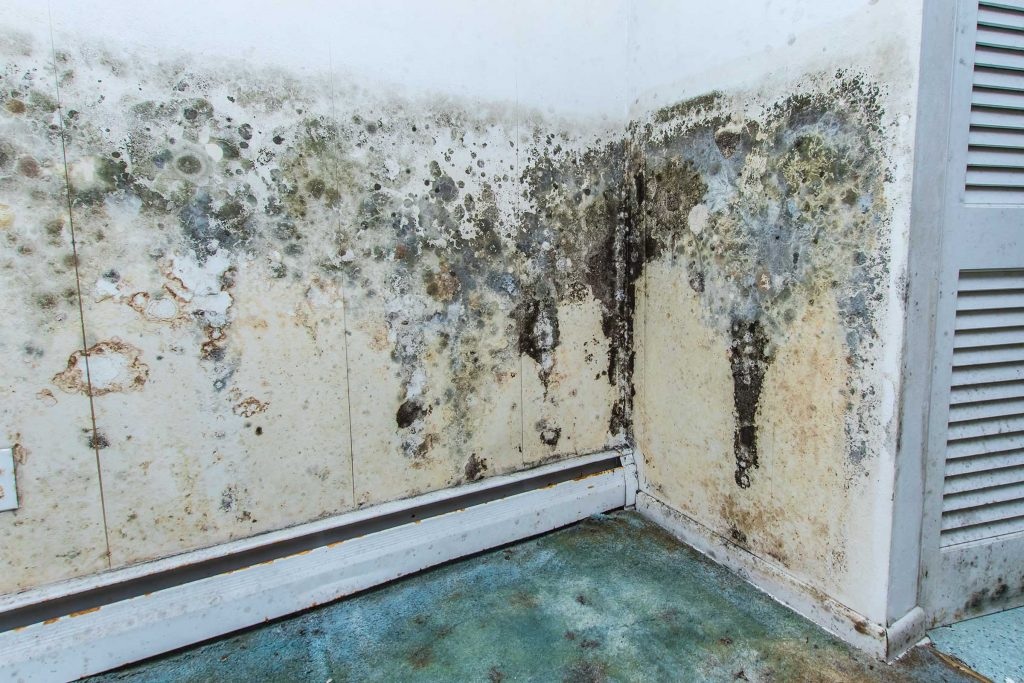Who Offers the Most Reliable Water Leak Detection Services in Canberra?

Water leaks are among the most prevalent but overlooked problems experienced by property owners in Canberra. Whether through a slow drip behind a wall or a large burst pipe beneath the ground, hidden leaks have the potential to cause serious structural damage, increased water bills, and even health concerns through mould growth. Let's discuss why a service can be considered reliable and what elements you need to look for in a reliable water leak detection specialist in the Canberra area. Why Reliable Leak Detection Matters Before going into the step of how to identify the proper provider, one should know why reliability is such a big deal. Not only is reliable water leak detection about where the leak is, but it's about doing so effectively, quickly, and with as little disturbance as possible. Unreliable services can result in misdiagnosis, excessive digging or wall demolition, and wasted funds. Worse, a missed leak can result in cumulative damage that may go undetected until i...





